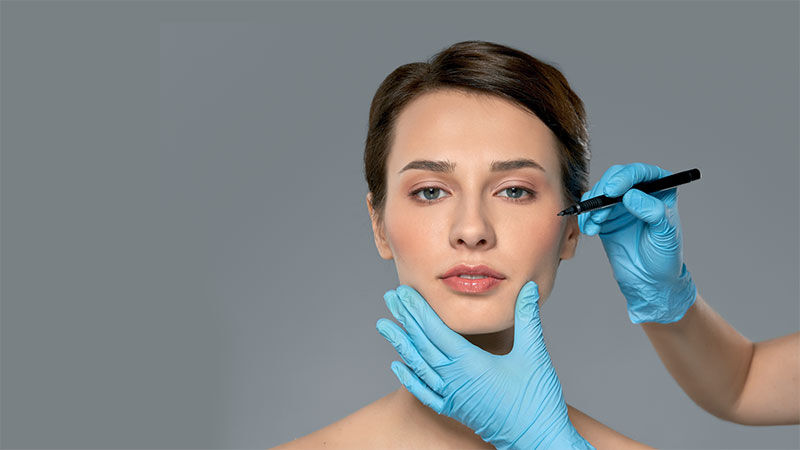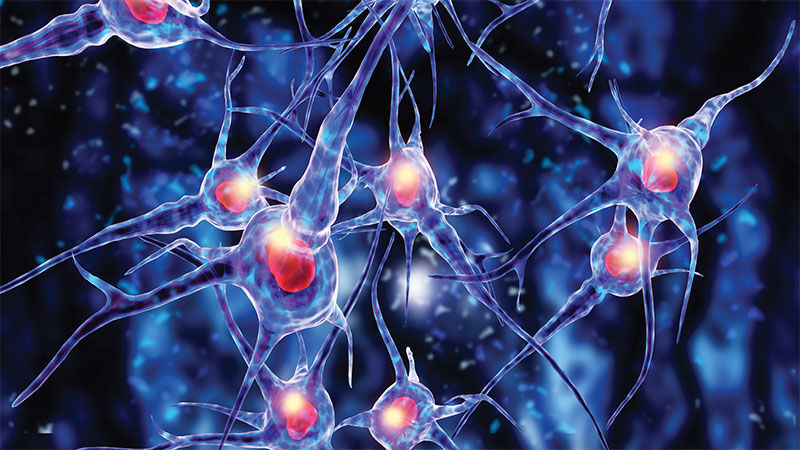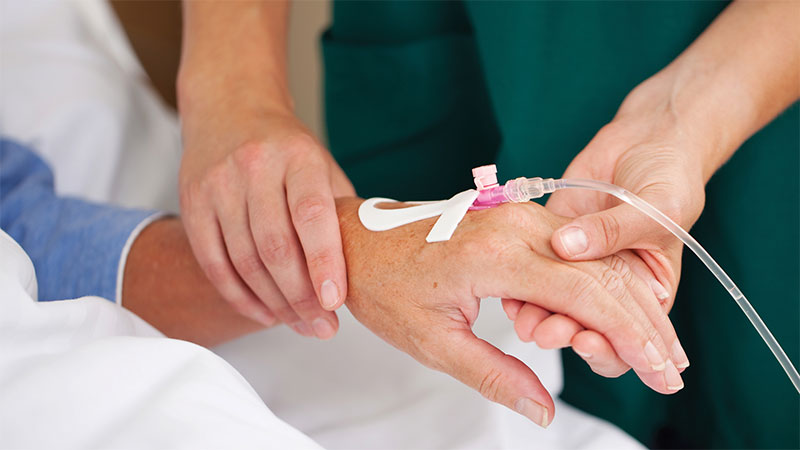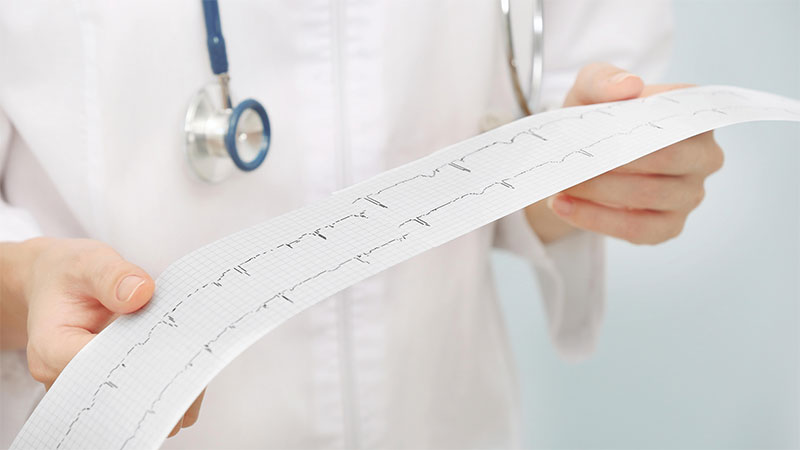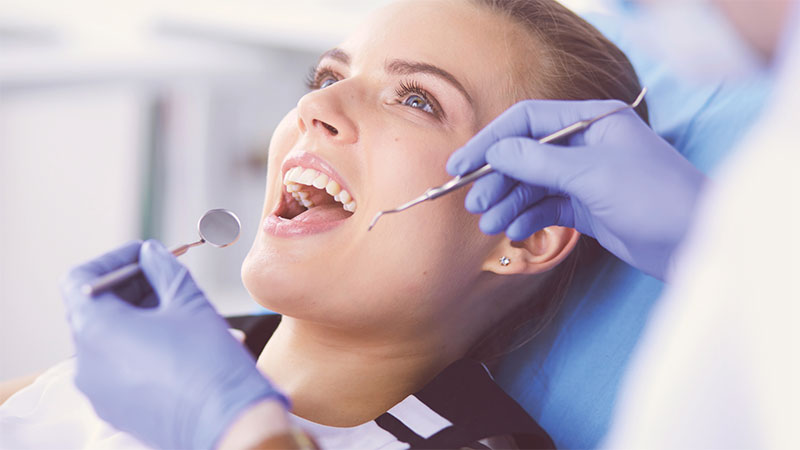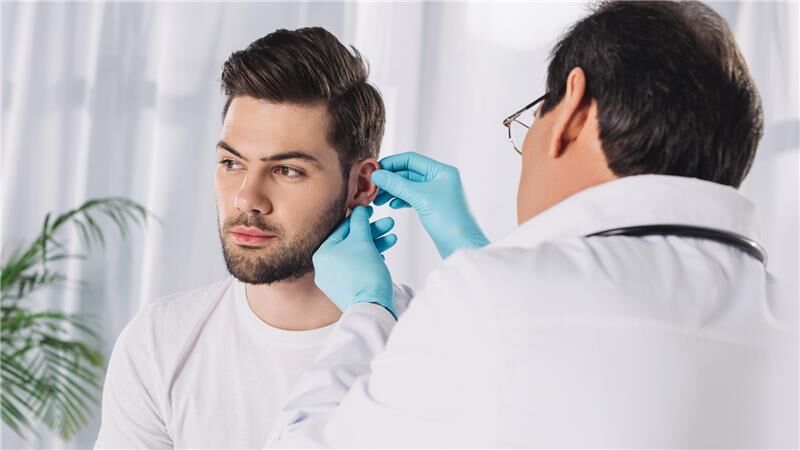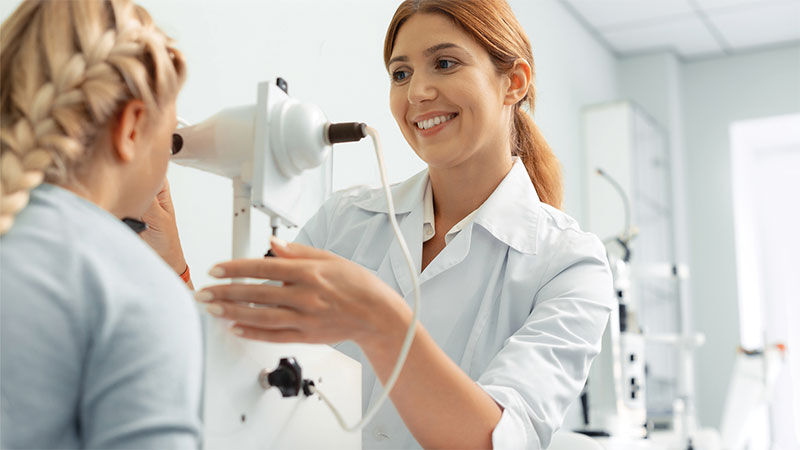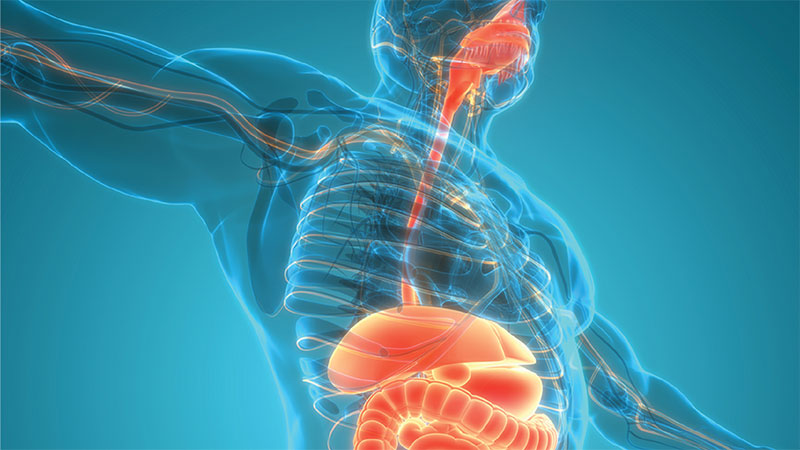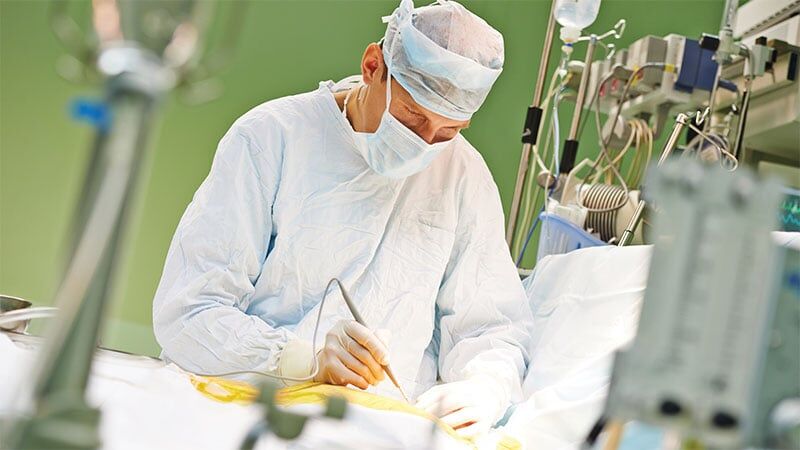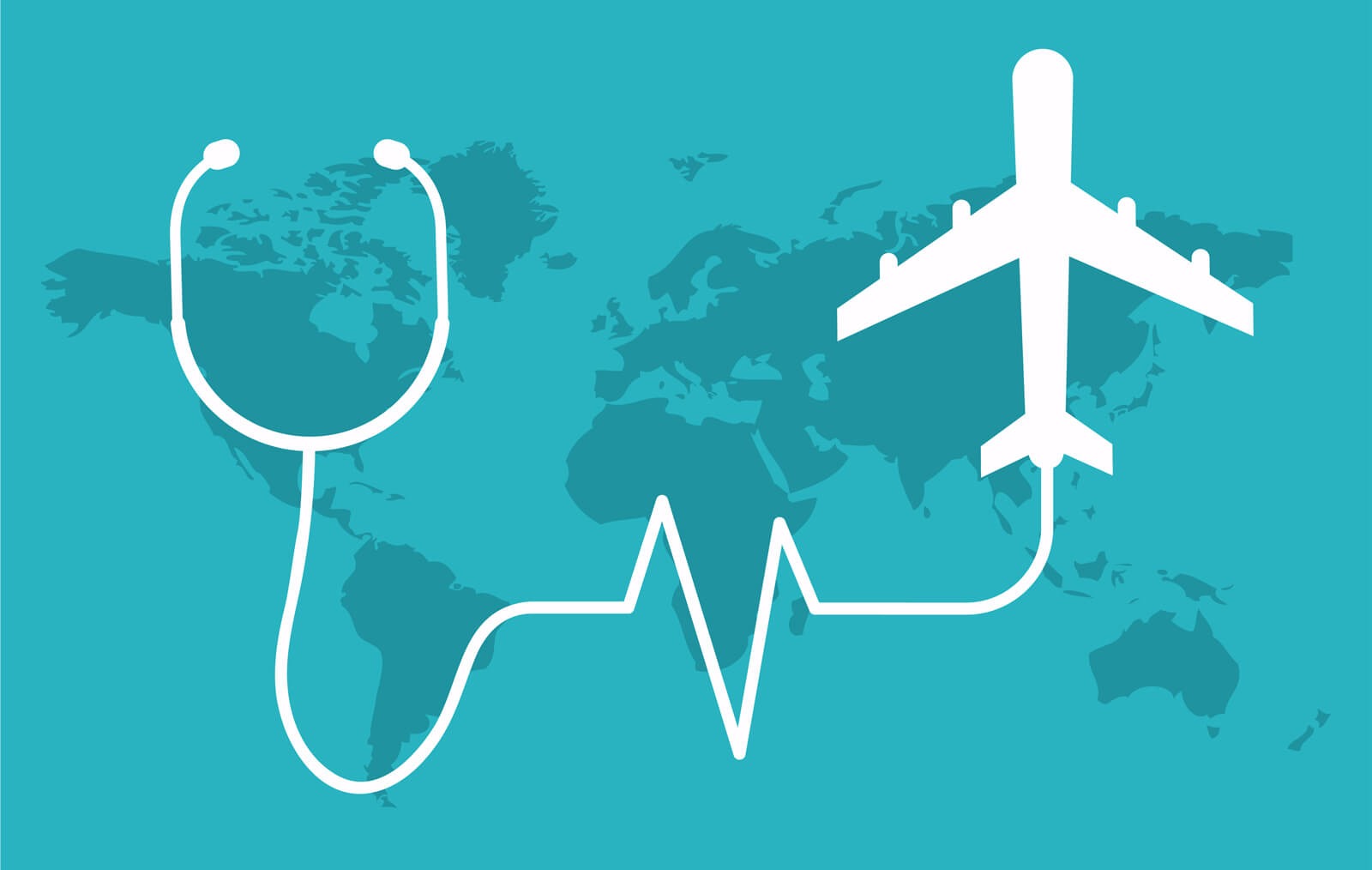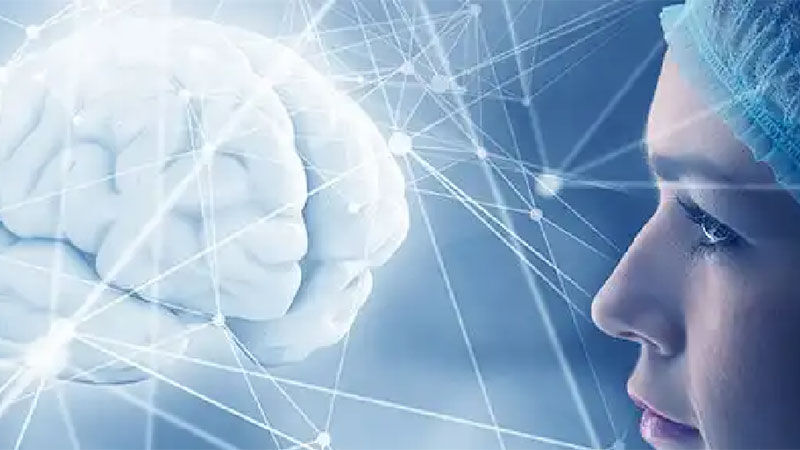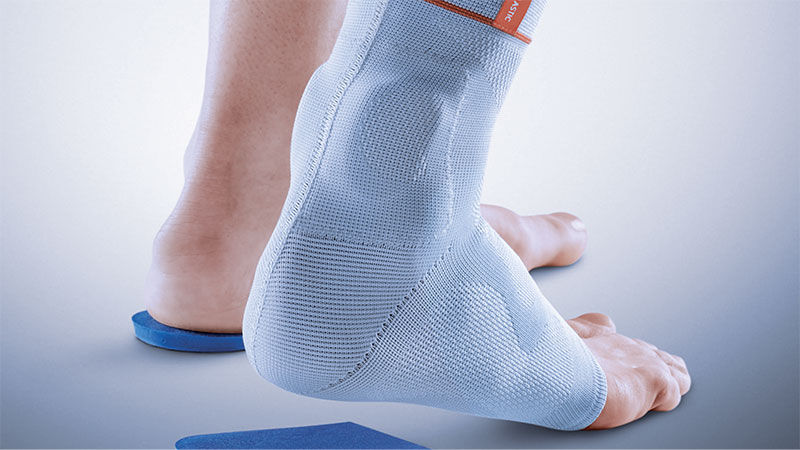Trabzon Cardiovascular Surgery
Trabzon Cardiovascular Surgery
Cardiovascular Surgery produces solutions by using all the possibilities of modern medicine for the treatment of diseases related to the heart and the circulatory system it works with. Our surgeons, each of whom are specialized in their field, apply the necessary surgical interventions and endovascular methods in order to get through this process in the easiest way.
Cardiovascular surgery is a unit that provides early detection and surgical treatment of diseases originating from three vessels that affect the work of the heart, as well as heart diseases. By using the latest possibilities of modern medicine, the most appropriate surgical methods determined according to the needs of the patient are ensured to restore the patient's health
Heart Attack: Due to the triggering of some factors that cause health problems, the heart muscles may be completely oxygen free. In this condition, called a heart attack, the cells in the heart muscle begin to die after a while and may lead to irreversible consequences.
Heart Failure: The decrease in the amount of oxygen and blood that goes to the heart causes the heart muscle to not function normally. This situation affects the healthy functioning of the heart and causes heart failure after a while.
Angina: Commonly known as chest pain, angina occurs when the blood flow needed by the heart muscle decreases. It is typical for chest pain to increase with effort and pass within a few minutes with rest.
Hypertension: Known among the most common cardiovascular diseases, hypertension is caused by the increase in blood pressure pumped from the heart to the body. While hypertension is genetically inherited, in some cases it occurs due to exogenous reasons.
Pulmonary Hypertension: The right side of our heart is a lower pressure system than the left. The pressure against the blood flow pumped by the right side of our heart (right atrium and then right ventricle) is called pulmonary pressure. This rise in pressure is called pulmonary hypertension (PH).
Vascular Hardening: Harmful wastes such as fat and cholesterol that accumulate in the artery over time narrow the lumen of the arteries and sometimes completely close it. The circulation of the area fed by the artery is adversely affected due to the decrease in blood flow from the area with severe constriction.
Pericardial Effusion: A fluid is secreted between the layers of the pericardium, which is the outer membrane of the heart, to protect heart health. If the amount of fluid in this area called the pericardial space is more than necessary, pericardial effusion occurs.
Myocarditis: Myocarditis popularly known as heart muscle inflammation; It occurs when the infection in the body spreads inflammation to the heart muscle. Therefore, the heart muscle becomes vulnerable to external threats and invites diseases.
Cardiomyopathy: Cardiomyopathy, also called cardiac muscle thickening, is caused by the enlargement and thickening of the heart muscle of the patient over time. Cardiomyopathy has negative effects on daily life, apart from its effects such as shortness of breath and rhythm disturbance.
Heart Valve Diseases: Congenital or acquired defects in the heart valve can be seen. Heart valve diseases, which pose a significant risk in terms of health, require surgical intervention after a certain stage as well as regular follow-up.
Aortic Diseases: The aortic vessel, which enables oxygen-rich blood to be carried to many organs of the body, especially the heart, can be damaged by various problems such as aneurysm and rupture, and it emerges as a serious health problem that threatens life. Surgical intervention is required to permanently solve this health problem in the field of cardiovascular surgery.
Heart Tumor: It is one of the organs where a tumor can be seen in the heart. There may be tumors that may arise from the heart itself or in the form of the spread of tumor tissue in the surrounding tissues. Treatment of heart tumors, which are usually benign, is one of the areas of interest in cardiovascular surgery.
Applications in the Cardiovascular Surgery Unit
Coronary By-Pass Surgery
When the blockage and narrowing of the coronary vessels that feed the heart occur, sufficient blood cannot be pumped to the heart. In cases where the problem that adversely affects the quality of life poses a life-threatening risk, it is possible to open the occluded coronary vessels. With open heart surgery, a bridging procedure is applied to the occluded vein with another vein (artery or vein) taken from another part of the body. In this way, the bridging process is ensured that the blood flow returns to its normal state.
Vascular Removal for By-Pass Through Small Incisions
For by-pass surgery, healthy vein transfer is provided from other parts of the body. Small incisions are made with endoscopic methods in order to obtain the required vein from the arms or legs. Thus, the vessel to be used for by-pass is supplied from inside the body without the need for an important surgical procedure.
Coronary Angiography
Angiography is applied to easily visualize the coronary vessels in the heart. By injecting non-harmful contrast agents such as colored dye into the arteries, it is ensured that the vessels are clearly seen. It enables the treatment planning by determining the coronary arteries with narrowing or occlusion.
Wrist Angio
The angio procedure from the wrist, which results in more effortless and faster than traditional angio procedures, is performed with local anesthesia. This method is easily applied especially for people who have difficulty in detecting veins due to excessive weight.
Heart Valve Diseases
Congenital or acquired narrowing and structural defects in the heart valve can be seen. In these complaints that negatively affect the blood pumping of the heart, open heart surgery is applied to repair or change the valve. Mechanical or tissue valves are preferred in the replacement process.
Aortic Aneurysm Surgery
Balloon-shaped enlargements occur in the aortic artery that pumps clean blood to the body. These enlargements, called aneurysms, can reach health-hazardous dimensions after a while. Therefore, aortic aneurysm should be followed up by a specialist, and surgical treatment should be considered immediately in patients with increased size and signs of rupture.
Left Ventricular Aneurysm Repair
After a heart attack, sac-like enlargements can be seen in the left ventricular area of the heart. During the contraction of the heart, some of the blood pumped in each beat of the heart is pooled in this sac and the amount of blood pumped to the tissues decreases. Sometimes clots can form in the sac and serious clinical pictures are encountered if this clot throws to the brain or other organs. Heart failure and stroke are also among the consequences of an aneurysm in the left ventricle. For this reason, the area where the aneurysm occurs should be detected by angiography and surgically repaired.
Surgical Interventions for Heart Tumors
Although rare, tumors in the heart must be surgically removed from the body. The minimally invasive method is frequently used in the treatment process, which develops due to the benign or malignant tumor. In this method, small incisions are made under the nipple and the shrinking tumor is taken out of the body.
The veins that carry oxygen-rich blood to other organs in the body are called arteries. A bypass solution is recommended for cases such as narrowing and occlusion in these vessels. It is based on the principle of transporting oxygen-rich blood after the occluded area like coronary bypass.
ABI Test
Ankle-Brachial index (ABI), which is used in the diagnosis of peripheral artery disease, is measured by attaching a blood pressure cuff to the legs and arms. With the test reported in a similar way to blood pressure, peripheral vascular diseases that may be experienced in the arm and leg arteries are detected.
- Days Locations 2 / Treatments






